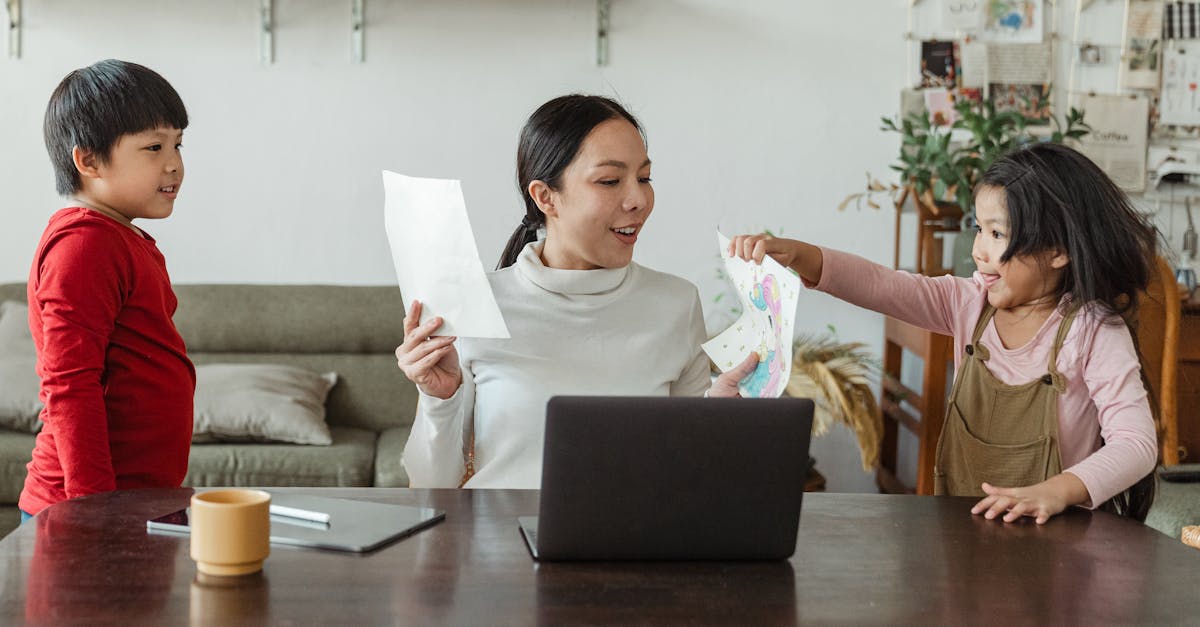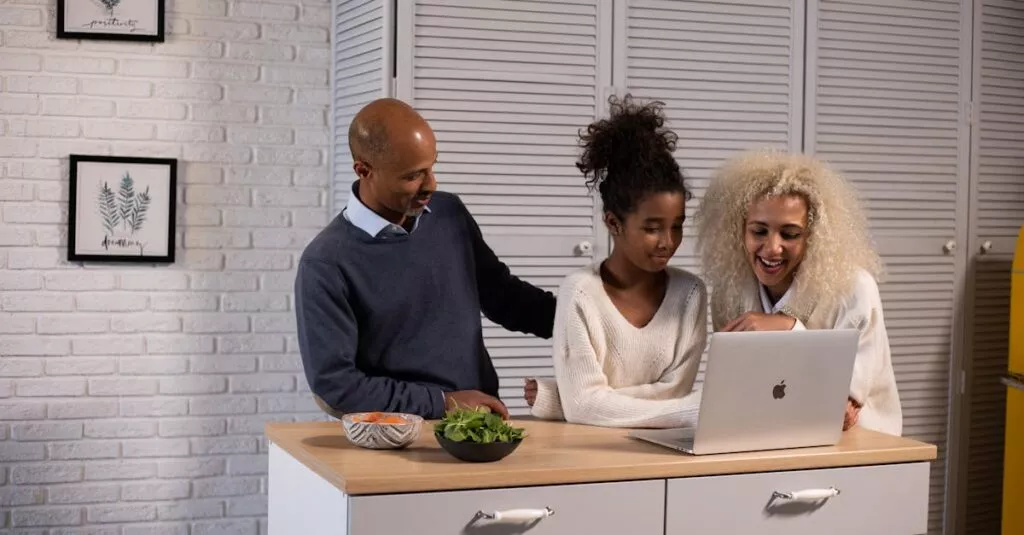Understanding ChatGPT
Kids today have endless opportunities to learn new things. One such cool tool is ChatGPT. It’s not just for adults! ChatGPT can engage young minds, help with homework, or answer curious questions. Imagine an ‘always there’ buddy for your kid’s academic quests. With the right guidance, this tool can become a great ally in nurturing self-learning.
Initially, it might seem techy and complicated. But don’t worry! Just like teaching your kid to ride a bike, once you navigate a little, it becomes fun and easy!

Benefits of ChatGPT for Kids
Ever tried convincing your kid to read another chapter before they can play a game? ChatGPT can transform learning into something they’d look forward to. Kids can interact with ChatGPT to practice math, learn new facts, or even spark creativity with story prompts. It’s like adding a sprinkle of fun to their regular studies. Plus, it responds instantly—no need to wait for slow browsers or dig through piles of books. And let’s face it, when learning becomes engaging, kids naturally become more curious and motivated.

Pexels
Making Learning Fun
Learning should not feel like a chore. With ChatGPT, it becomes an adventure. Your child can ask all sorts of questions and get detailed, easy-to-understand answers. As a parent, you can guide this journey by setting goals and encouraging your child to explore different topics daily. This interactive approach not only nurtures self-learning but also builds critical thinking skills. You might even find your kids coming up with entirely new interests and hobbies—spurred by their digital conversations. Who knew a bot could help discover a budding scientist or writer?

Experience the joy of learning in a whole new way!
Emotional Challenges and Solutions
Sometimes, kids feel frustrated when they don’t understand something right away. ChatGPT’s non-judgmental responses can ease this stress. Instead of losing their temper or feeling disheartened, they get another friendly way of learning concepts at their own pace.
However, it’s vital to talk with them about their feelings too. Ask them what they think about this new method of learning and address any concerns they might have. Empathy and understanding go a long way in blending technology with emotional support.

Practical Tips for Parents
To maximize ChatGPT’s potential, find the right balance. Introduce it gradually so that your kids don’t feel overwhelmed. Set specific times for interactive learning sessions. Encourage your kids to frame their questions clearly, and perhaps even journal what they learn.
Also, it’s a good idea to monitor and join in occasionally to ensure they are on the right track and to show your support. Make it a family activity so that it doesn’t feel isolating. Remember, the goal is to foster independent learning, not overdependence on the tool.

Key takeaways for parents:
- Introduce ChatGPT gradually
- Set specific learning times
- Encourage clear questioning and journaling
- Monitor and show support
- Make learning a family activity
- Promote independent learning
Engage and Share Your Experiences
We’d love to hear about your experiences and any tips you might have. Have you noticed any changes in your child’s interest in learning? Or perhaps some funny interactions they’ve had with ChatGPT? Sharing stories can create a supportive community where everyone benefits. Don’t forget to leave your thoughts in the comment section. Engaging with other parents on this journey can offer fresh insights and new strategies. Let’s make this a collaborative project for all our kids’ brighter and smarter futures.

Feel free to share your experiences and connect with the community!
Related Posts:
- ChatGPT: Complementing Traditional Teaching
- AI in Early Childhood Education: ChatGPT’s Role
- Empowering Kids with AI Chatbots: ChatGPT Advantage
- ChatGPT: AI’s Role in Easing Learning Curve
- Technology for Early Learning: ChatGPT Intro
